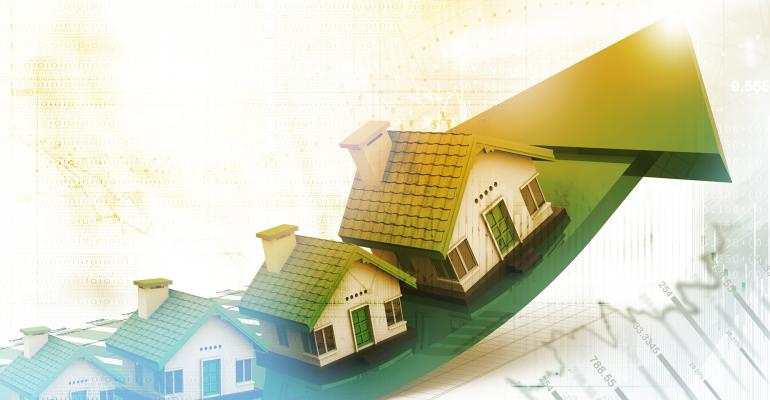Twelve months ago, the outlook for seniors housing was decidedly bleaker. More than half of respondents in the 2020 survey considered seniors housing to be in a recession or a trough, while another one-fourth were not even sure of the cycle. Half of respondents (51 percent) now see the seniors housing sector in the recovery/expansion phase compared to 20 percent who think it is in a recession/trough, 18 percent who are unsure and 12 percent who believe it could be at the peak.
Naturally, there are questions about how quickly the seniors housing market will recover, and what that path of recovery will look like, notes Mace. “Until we see that inflection point where we start to see strong improvement, the low overall occupancy rates are still a significant concern in how quickly the market comes back,” she says.
Survey results do show a surge in optimism for improving occupancies over the next 12 months. Eighty percent of respondents expect occupancies to rise. That is a big jump compared to the 45 percent who thought occupancies would rise in the 2020 survey.
According to NIC MAP data, powered by NIC MAP Vision, senior housing occupancy in the United States remained flat in second quarter at a record low of 78.8 percent. AL and IL properties both experienced little change in occupancy, with IL holding steady at 81.8 percent and assisted living inching up to 75.5 percent. However, there was positive quarterly absorption that was offset by new supply.
A deeper look at the NIC MAP data shows that a growing number of operators are reporting occupancy increases. In the second quarter of 2021, 47 percent of senior housing properties in the NIC MAP Primary Markets reported an increase in occupancy. During the height of the pandemic, that number was 22.5 percent. “We have anecdotes of improvement, but it hasn’t shown up yet in the data through second quarter. So, it is understandable that investors are approaching the sector with caution,” says Mace.
Despite high vaccination levels among senior housing residents, COVID-19 continues to have a significant impact on occupancy rates at seniors housing facilities. On a scale of 1 to 5 with 5 representing a significant impact, respondents rated COVID-19 as the biggest factor impacting occupancies at 4.0. That does show an improvement over the 4.3 in the 2020 survey.
It is likely that strength in the economy and hot housing market are providing a positive counterbalance to the negative leasing effects caused by COVID-19. In fact, the 3.2 rating on the housing market increased from 2.8 in 2020 and is also up slightly from the 3.1 rating from the prior three years.
Some seniors are taking advantage of the hot housing market to sell their home at potentially peak pricing and shift to rental housing. According to the National Association of Realtors, the median existing-home price for all housing types saw a record year-over-year increase of 23.6 percent in May with homes selling after an average of 17 days on the market.


